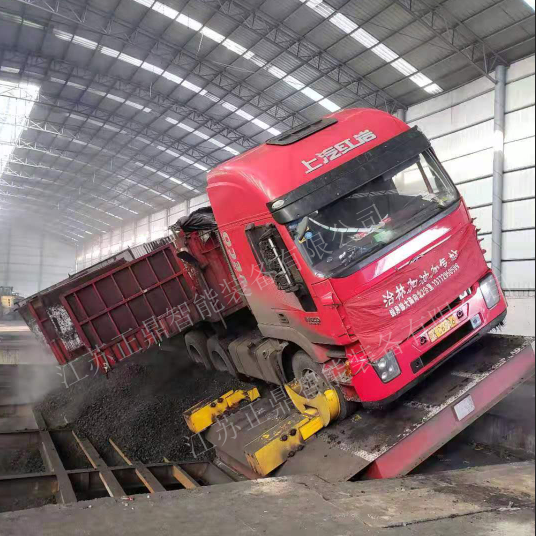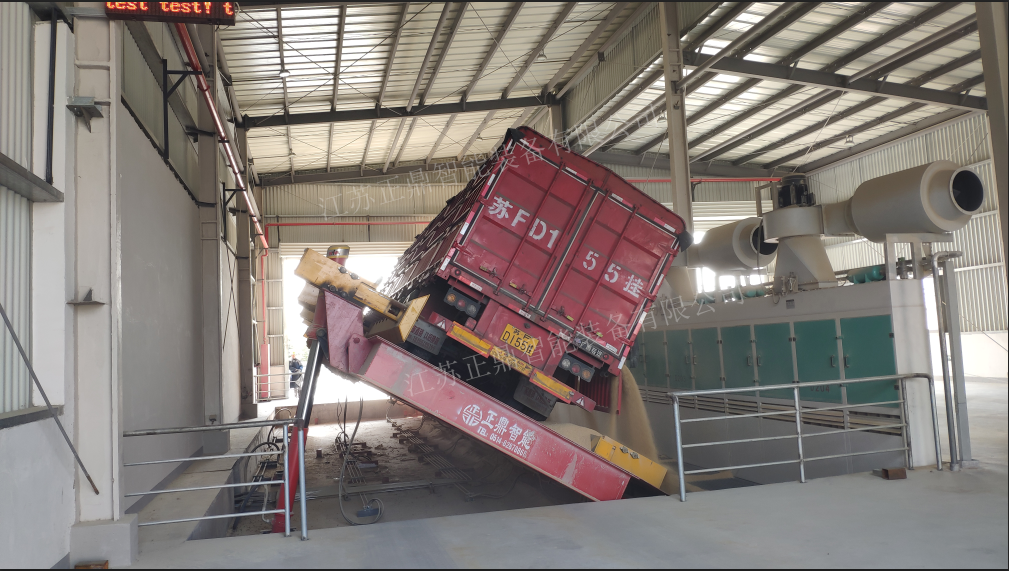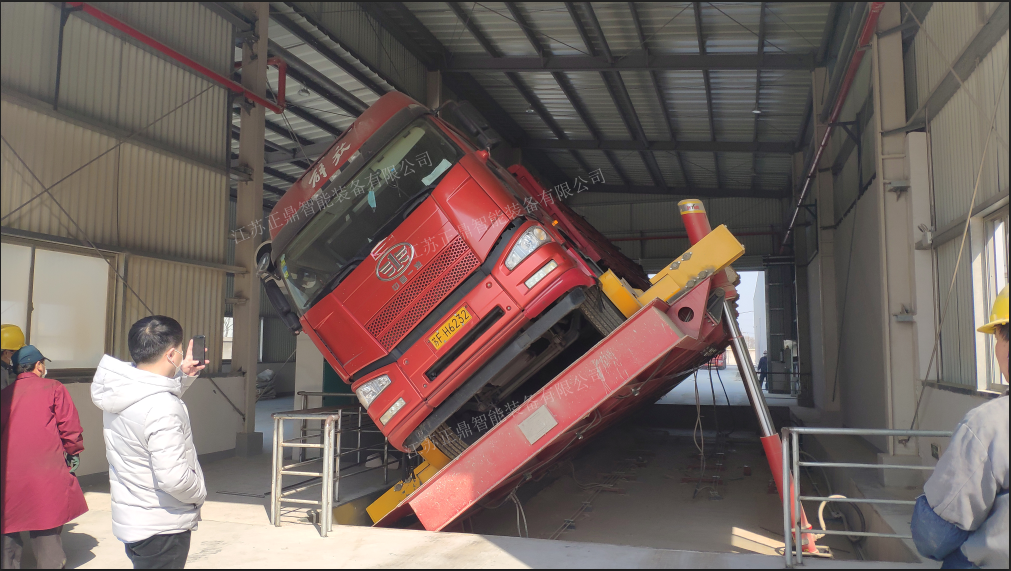automated shipping container unloading
Automated shipping container unloading represents a revolutionary advancement in logistics and supply chain management, combining cutting-edge robotics, artificial intelligence, and precision engineering. This sophisticated system employs a network of sensors, automated guided vehicles (AGVs), and robotic arms to efficiently extract cargo from shipping containers without manual intervention. The technology utilizes advanced computer vision systems to identify and map cargo placement, while intelligent algorithms determine the optimal unloading sequence. The system features adjustable gripping mechanisms capable of handling various package sizes and weights, supported by conveyor systems that seamlessly transport goods to designated storage areas. Real-time monitoring capabilities ensure precise tracking of every item throughout the unloading process, while built-in safety protocols prevent damage to both cargo and equipment. The technology finds extensive applications across major ports, distribution centers, and warehouses, significantly reducing labor costs and increasing operational efficiency. The system's modular design allows for customization based on specific facility requirements, making it adaptable to different container sizes and cargo types. This automation solution operates continuously, maintaining consistent performance levels regardless of environmental conditions or time of day.


